Increasingly, industries are looking at different, greener alternatives to traditional methods of generating energy. Wind turbines are one such green energy innovation.
Now the landscape of wind turbine tech in the U.S. could be changing, quite literally. New turbines being tested may be virtually unrecognizable to some, but they potentially have major advantages.
Traditional Turbines
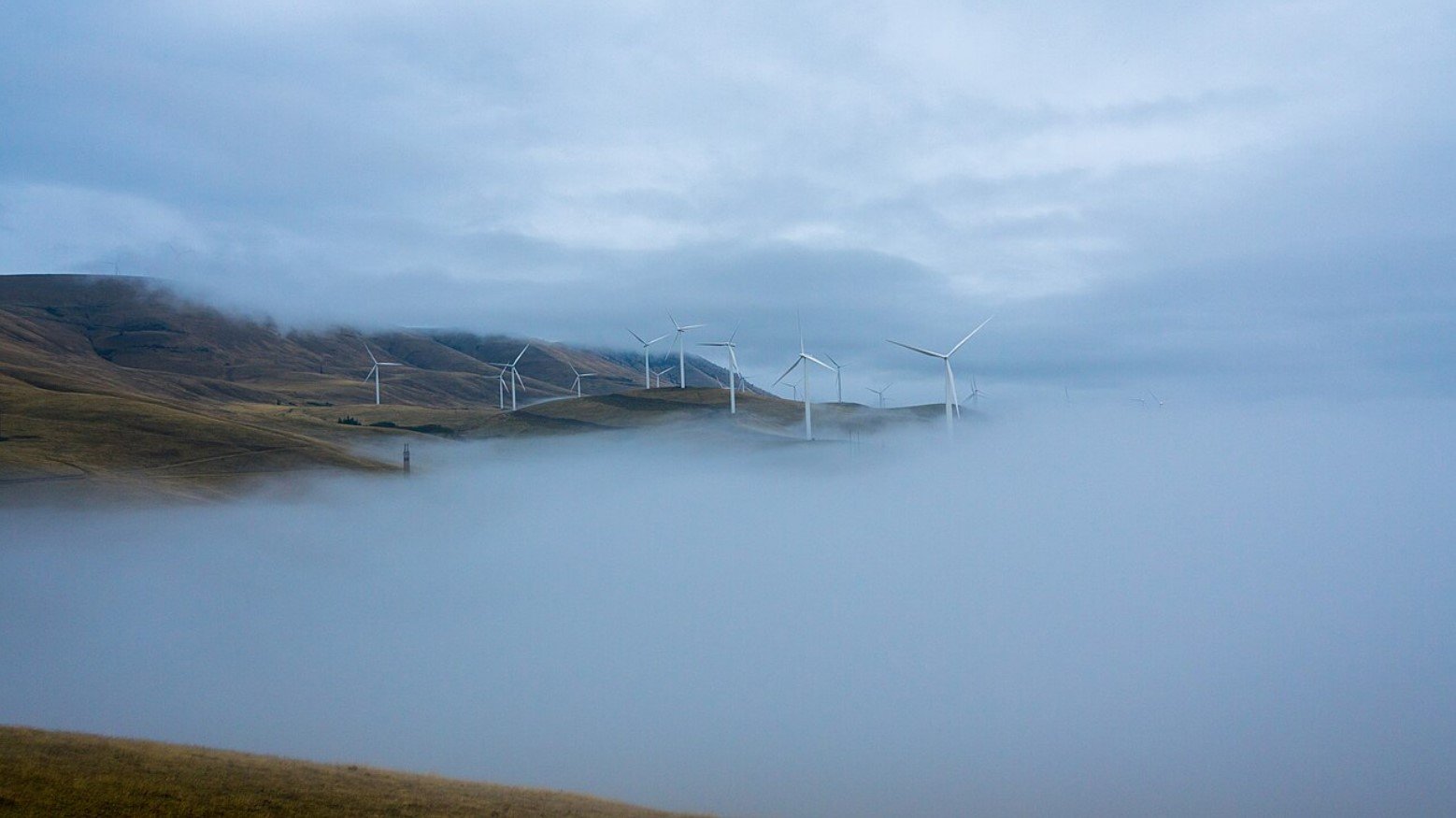
If you think of wind turbines, a very clear image probably pops into your head — large structures with long arms sticking out to the side resembling a windmill or a large propellor.
These large turbines are useful for generating electricity as part of offshore wind farms, but they are not really practical in an urban setting. It’s hard to imagine these turbines in the middle of a densely populated city.
A Compact Alternative

The Hawaii Community Development Authority (HCDA) recently announced it will be testing a more compact, vertical turbine design in Kakaʻako Makai, Honolulu.
In partnership with Japanese company Kanoa Winds Inc., they will be studying the implementation of a compact turbine that looks quite a bit different from the turbines you’re familiar with.
An Innovative Design
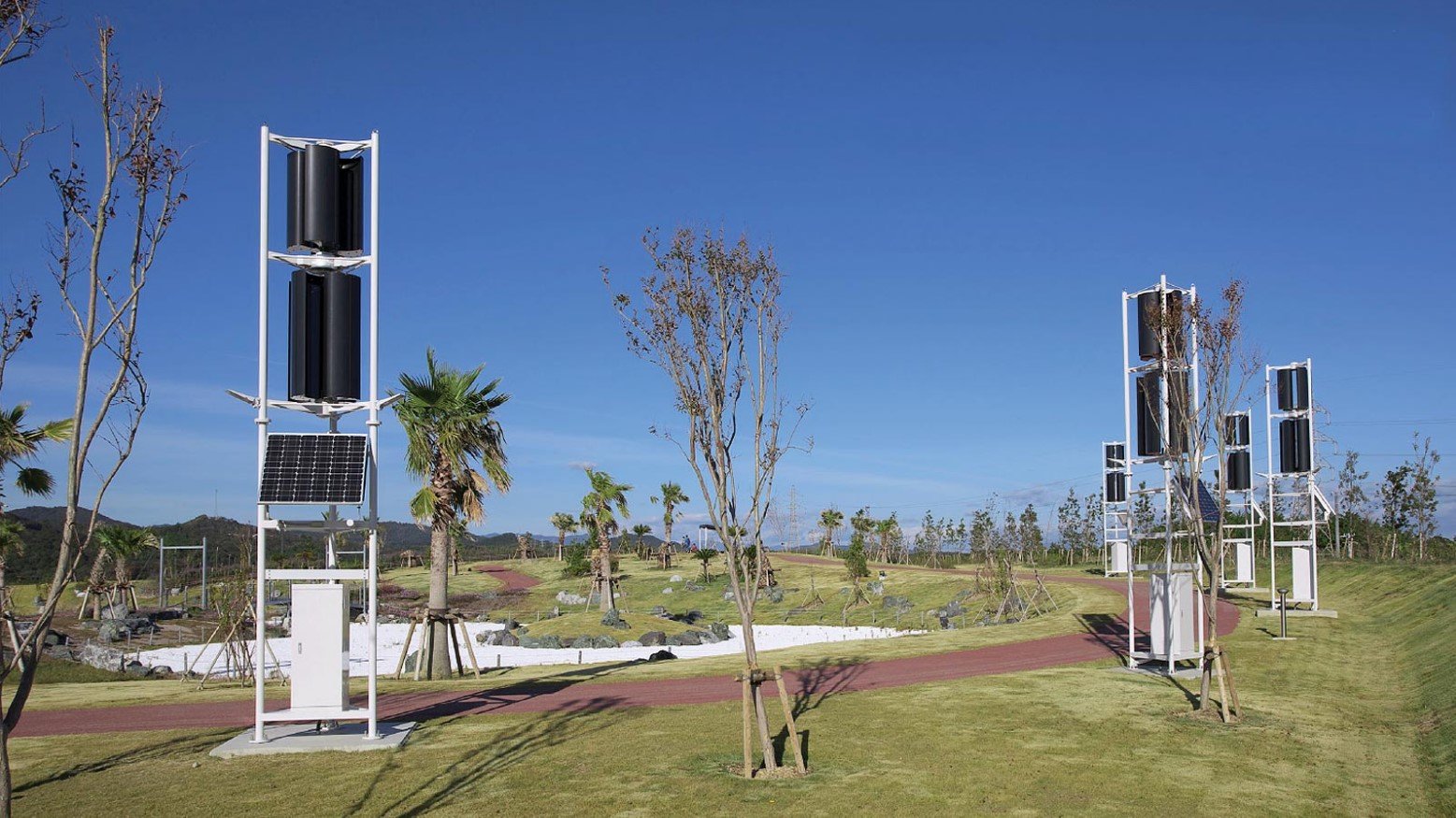
The alternative turbine design is known as a Vertical Coaxial Contra-rotating Twin blades (VCCT) turbine.
The innovative design is a bit of a departure from the traditional wind turbine design, offering a far more compact green energy solution that may be more appropriate for deployment in densely populated, urban settings.
No Long Arms
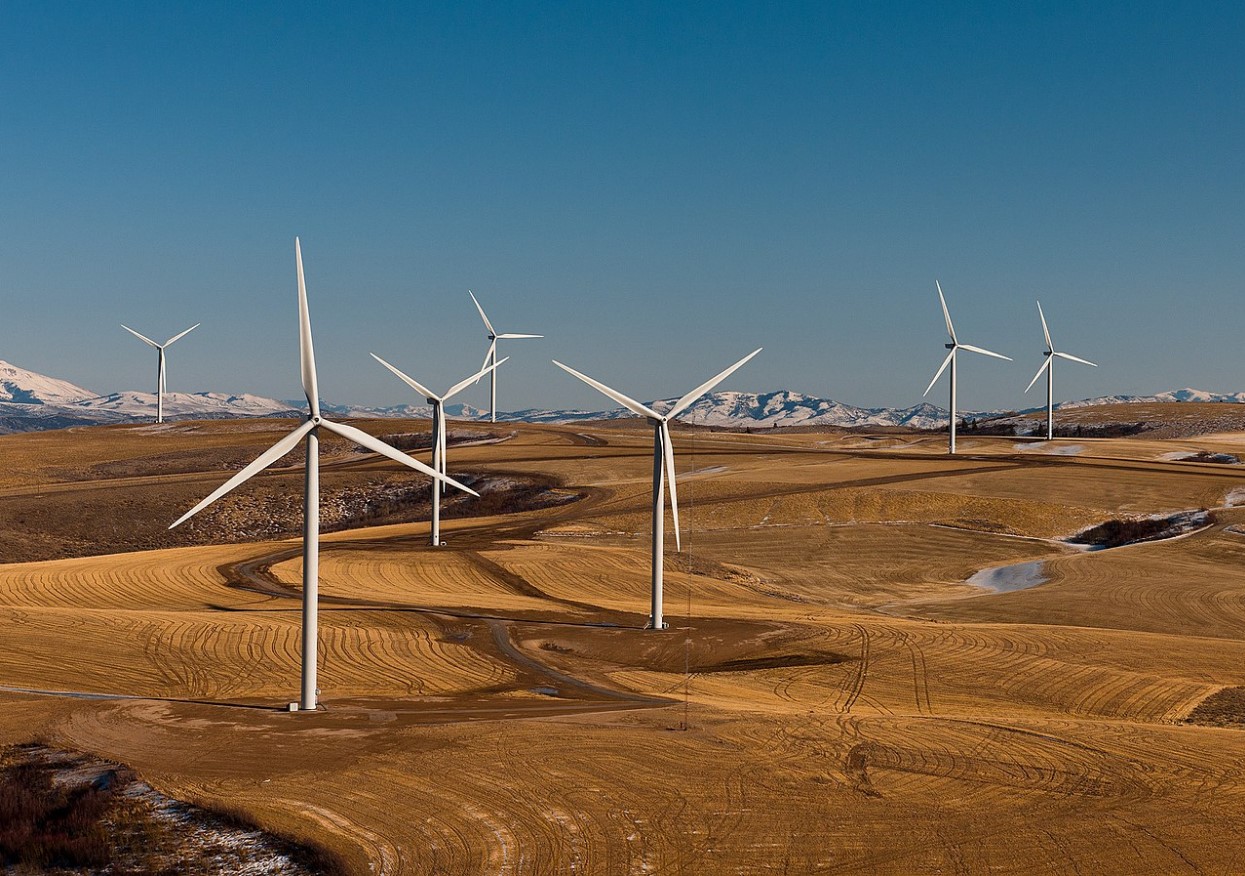
Gone are the long arms sticking out to the side that are a distinctive part of the design of windmill-like wind turbines.
Instead, the VCCT wind turbine is a tower design, making use of multiple small blades aligned up and down that spin around the center of the tower to generate electricity.
Proven Track Record
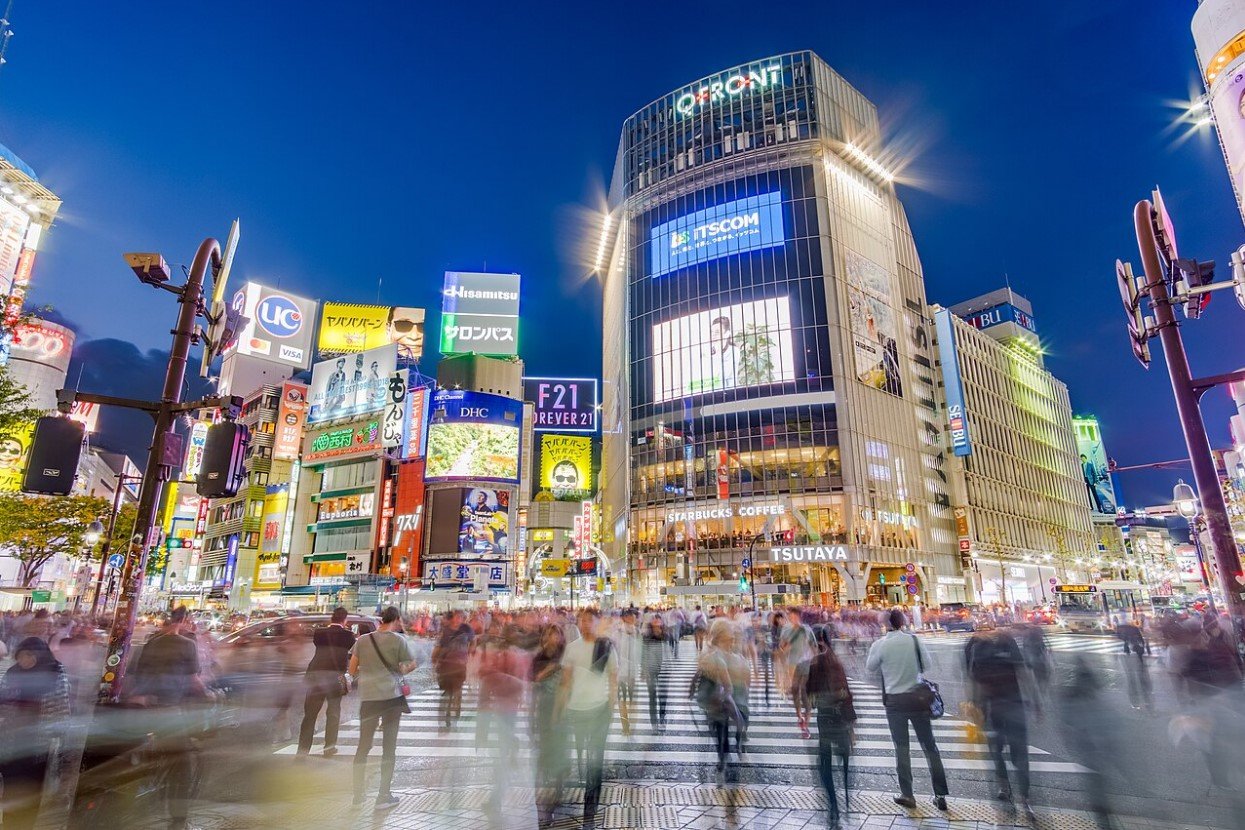
The VCCT wind turbine, with its smaller physical footprint, may be a new piece of technology on American soil, but it’s already been used to great effect in Japan.
It’s already been deployed to generate clean power in densely populated areas for more than 15 years. The HCDA hopes to see similar success with its implementation in Honolulu.
An Exciting Collaboration

As HCDA Executive Director Craig Nakamoto noted in a statement: “These compact vertical turbines are successfully used in densely populated areas throughout Japan.”
He continues: “We are very excited to be collaborating with Kanoa Winds to test this technology’s small but mighty ability to harness the power of wind, for a new alternative to Hawaii’s clean energy future.”
How the VCCT Works
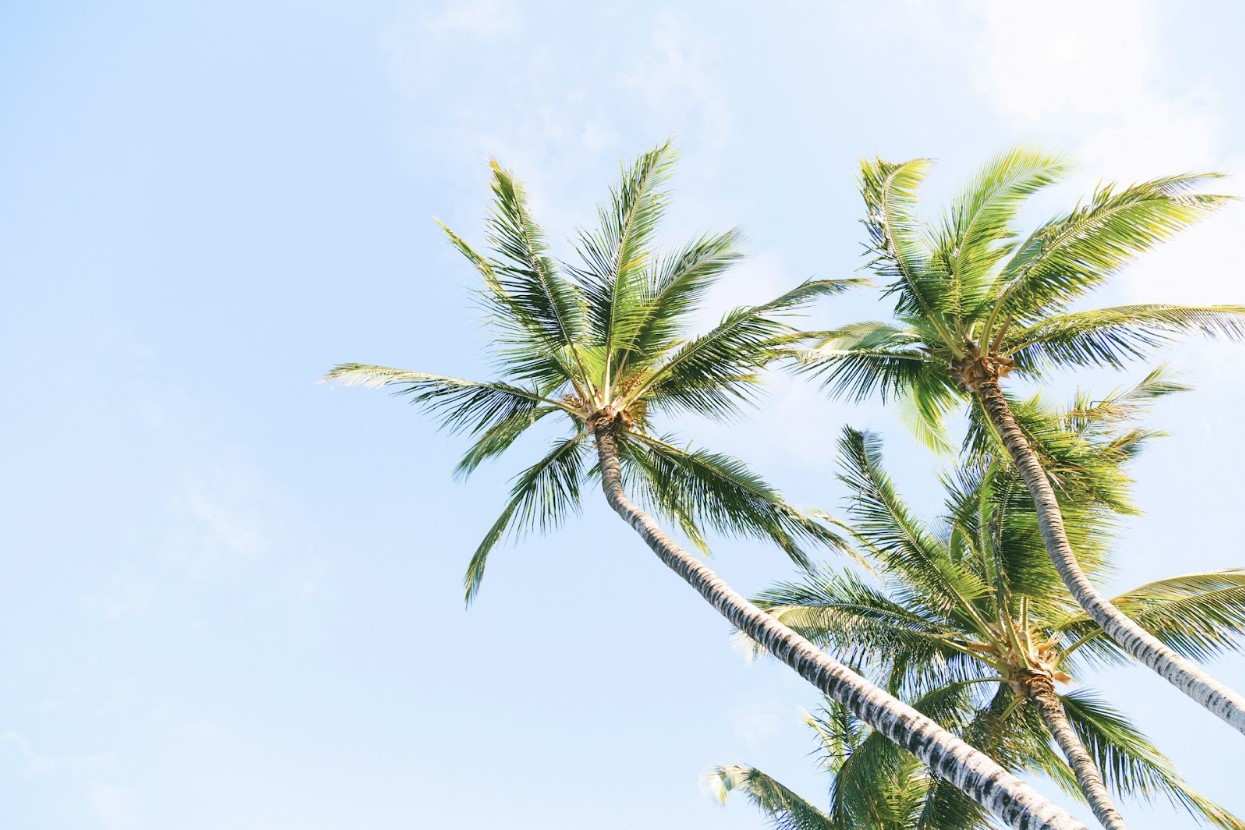
The VCCT wind turbine employs both lift and drag. Two levels of turbine blades are rotated bidirectionally, producing strong torque.
The compact apparatus for turning wind into electricity could be a perfect way to produce an abundance of affordable energy in windy areas. This makes it an ideal fit for Honolulu, with its near-constant sea breezes.
Advantages Over Traditional Turbines

The design of the compact turbine gives it a number of advantages for urban deployment. The small footprint and narrow design means it can be installed on top of buildings and factories or between buildings.
The VCCT is also significantly quieter than traditional turbines. The reduced noise pollution also makes it ideal for use in a city environment as well as in the countryside.
A Wider Power Range
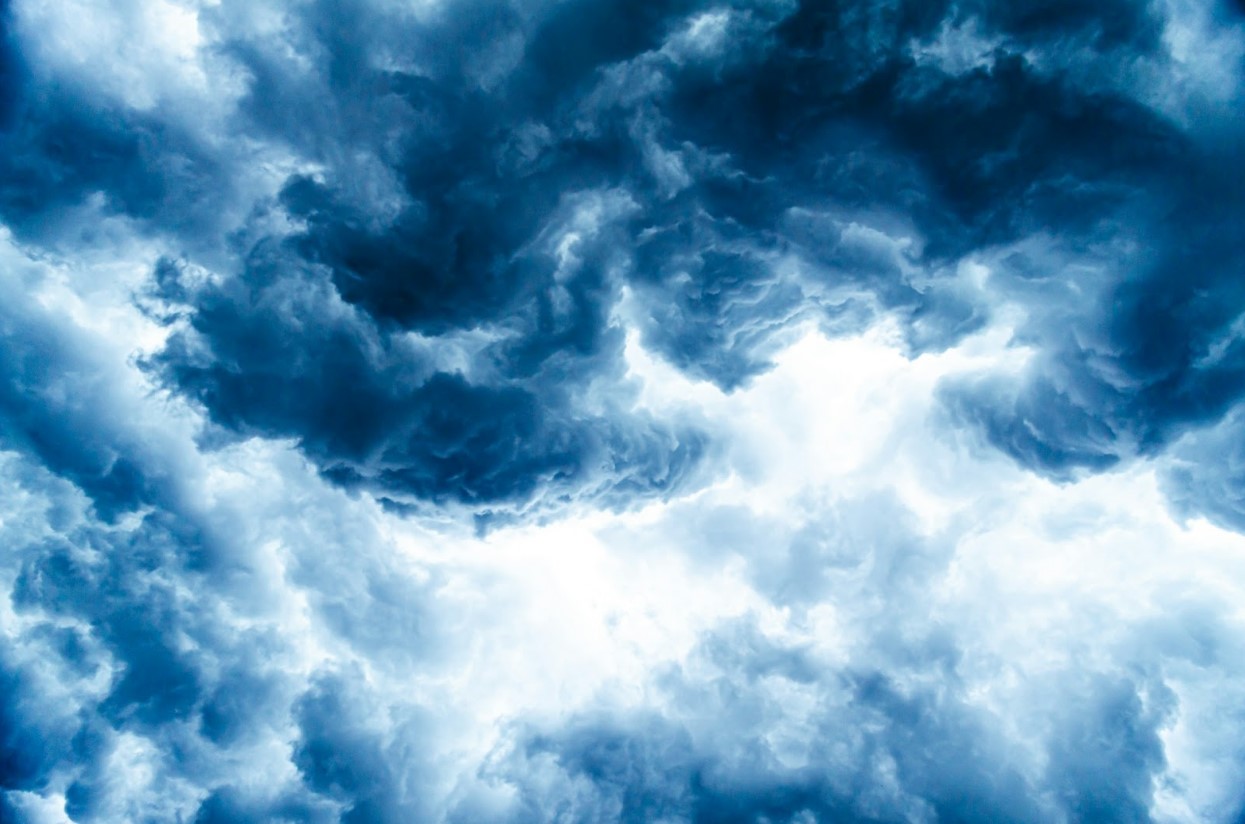
Traditional “windmill” turbines also have operating restrictions — they stop generating electricity at wind speeds of around 44 miles per hour (mph).
The VCCT technology is more adaptable, able to adapt to wind speeds from around 7 to a staggering 134 mph. This means it can run virtually any time of day and night, giving the VCCT an even greater reliability than solar energy in some locations.
Addresses Safety Concerns
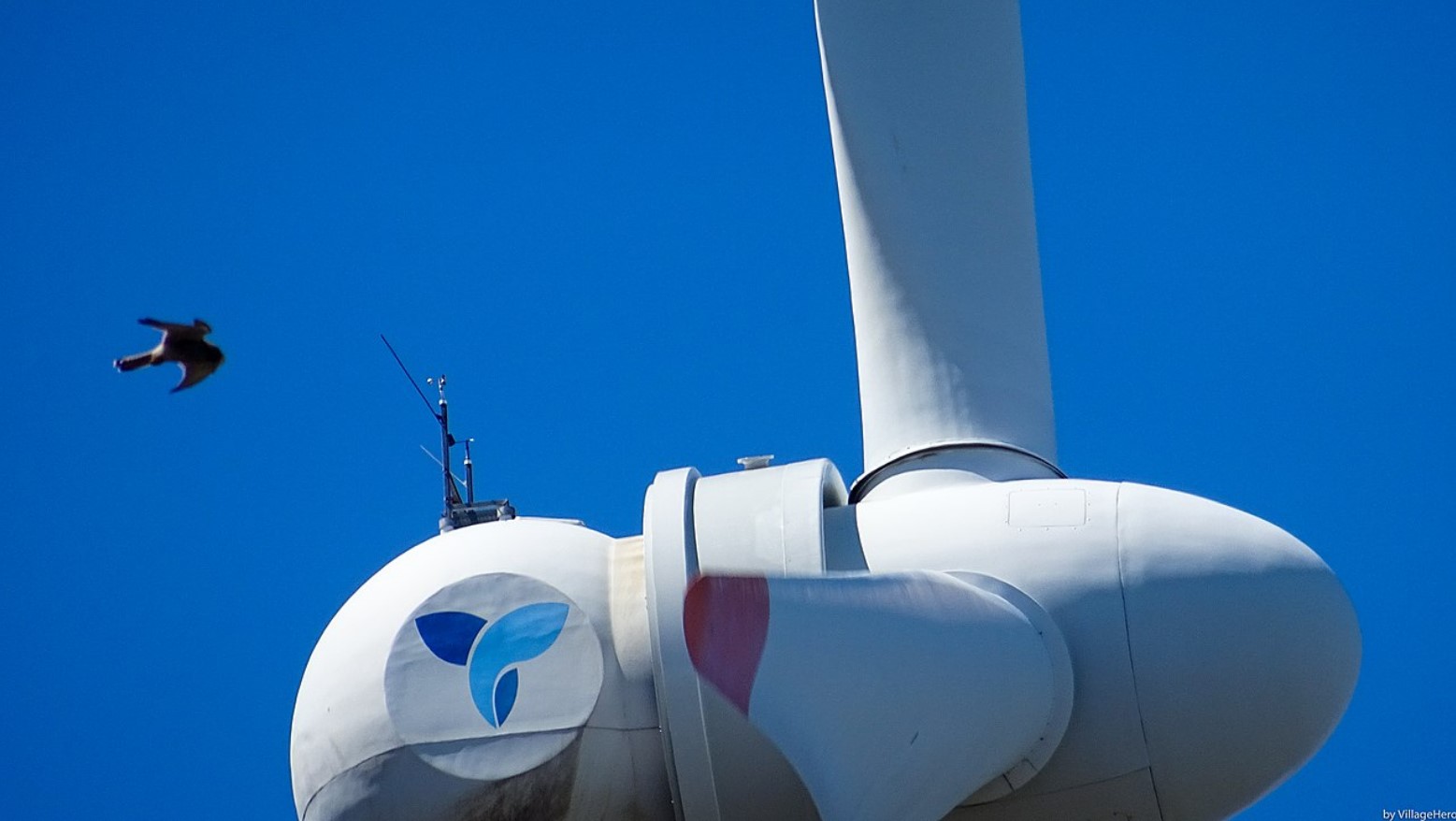
The design of the VCCT also combats many of the safety concerns associated with traditional turbines. Environmentalists have long expressed concerns with the death toll of birds and bats due to them colliding with wind turbine structures.
The VCCT is far more wildlife-friendly, with reports of birds in Japan actually nesting in the structures.
A Potential Vision of the Future

The VCCT almost seems designed to specifically address all the drawbacks of traditional wind turbines that have often been a source of opposition to these green energy solutions.
If the trial in Honolulu proves successful and leads to wider adoption of these compact turbines, it could mark a major step forward in our efforts to combat the effects of climate change and move toward greener solutions for our energy needs.
